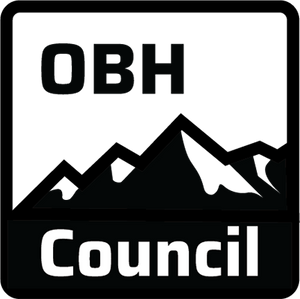Our Model
Leading Wilderness Therapy Programs
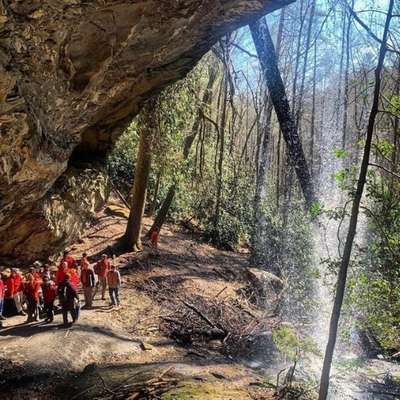
Milieu Therapy in Nature
In mental health treatment, therapy involving the milieu, or “environment”, is called milieu therapy. The therapeutic milieu is an environment that is structured and maintained as an ideal, dynamic setting in which to work with students.
Our philosophy is that everything that happens throughout a student’s week is an opportunity for therapeutic insight and learning. There is intention behind every thing a student does in their day— whether it's collecting wood for fire, cooking with the group, therapeutic or academic assignments, mindfulness, hiking, or packing their backpack. The milieu helps students and staff to gain awareness of themselves and others through even distribution of power, open communication, structured interactions and environmental adaptation which meets developmental needs.
Our program is based on an individualized and holistic model of wilderness therapy. Far from traditional teen boot camps of the past, Blue Ridge provides teens and young adults with a seamless wilderness therapy experience where therapeutic goals are curated for each client by their licensed therapist. Within this nature-based treatment model, there are no distractions — adolescents and young adults are in a position to embrace their environment as part of their therapeutic process through the duration of their stay.
Wilderness Therapy creates opportunities to:
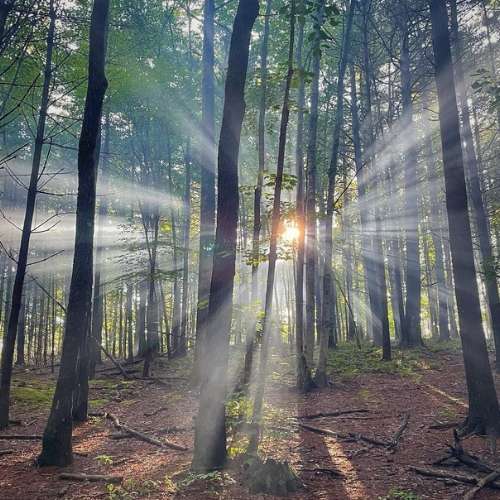
Explore family dynamics
Living in the group and being a part of the group milieu becomes a microcosm or “mini-world”, from which the therapist and staff identify and relate lessons and experiences to broader contexts of how the student will live outside of the woods.
Often, individuals in therapy will unconsciously recreate the same type of relationships, patterns, and dynamics that they experience in their lives at home. From this new vantage point, the therapist can pinpoint and direct attention to help the student; 1) see these sources of difficulty, and then 2) adapt thought processes and behaviors using new insights and skills.
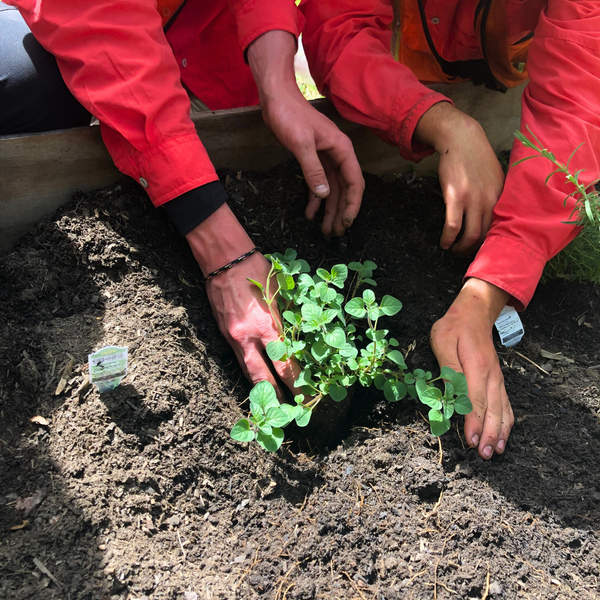
Round-the-clock care from a team of compassionate wilderness professionals
We prioritize a highly integrated relationship between the therapist and the field instructors in which the staff are able to act as the therapist's extension of accountability and unconditional positive regard. Field instructors are provided ongoing training and supervision under the direction of the therapist, and are responsible for implementing the therapists' treatment plan through the week while maintaining the phsycial and emotional safety of the group in camp.
Field instructors often sit in on therapy sessions with the Primary Therapist and student. This allows the field team to incorporate the issues identified in session throughout the rest of the week, and to bring awareness to those dynamics in the moment.
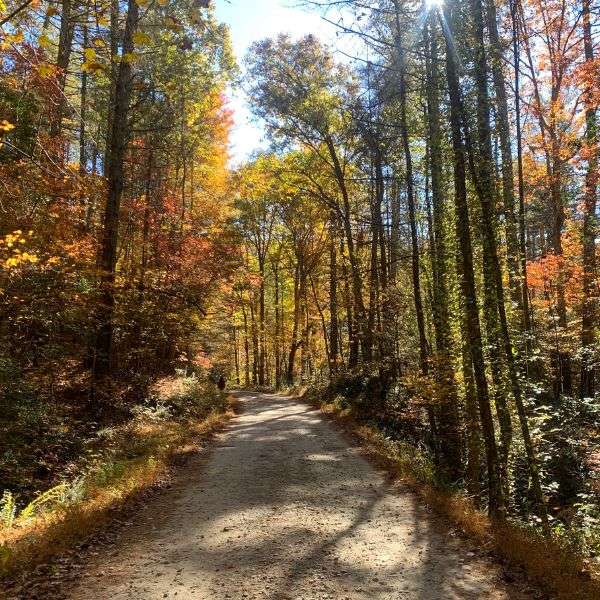
Focus on clinical goals
With our nature-based model, there are no distractions — adolescents and young adults are in a position to embrace their environment as part of their therapeutic process through the duration of their stay.
Unless it’s necessary, students remain in the wilderness until it’s time to transition to their next steps. Aside from communicating with their family at home, students' peers, field instructors, student care coordinator, therapists, transportation staff and nurses are the only people with whom they interact while in the program.

Explore a safe, natural environment
While students typically feel that they are wholly immersed in the wilderness, they are actually in closer proximity to civilization and assistance than they realize. Blue Ridge Therapeutic Wilderness works to encourage the ‘feeling’ of immersion in the wilderness while maintaining contact with each group multiple times a day as well as guaranteeing that, in the rare occasion it’s necessary, each group can be easily and quickly reached by emergency services.

Learn valuable life skills
Our model was created because of the level of resiliency that is developed when adolescents and young adults are responsible for creating “home” for themselves wherever they go. The goal is to teach students skills which translate into their lives as they assume various levels of responsibility in the wilderness camp.
Students gradually assume a higher level of accountability for how they interact with themselves and others as they work through the Student Pathway. The resilience developed and lessons learned during this short but memorable time in the wilderness will remind them just how much they are capable of as they encounter other obstacles in life.
Our model is supported by research
The Outdoor Behavioral Healthcare Council (OBHC)
The OBHC provides supporting research that students in wilderness programs are often safer than when they are at home. While the possibility of injury in the woods is present, the risks of injury and harm at home are actually greater. In the woods, your child will be living structured days with trained Field Instructors and Wilderness First Responders (WFRs), drinking only clean, filtered water, eating nutritious foods, and working towards becoming stronger and more emotionally resilient. At home, these factors can be variable, and are compounded by the limitless distractions and problems that adolescents and young adults encounter.
